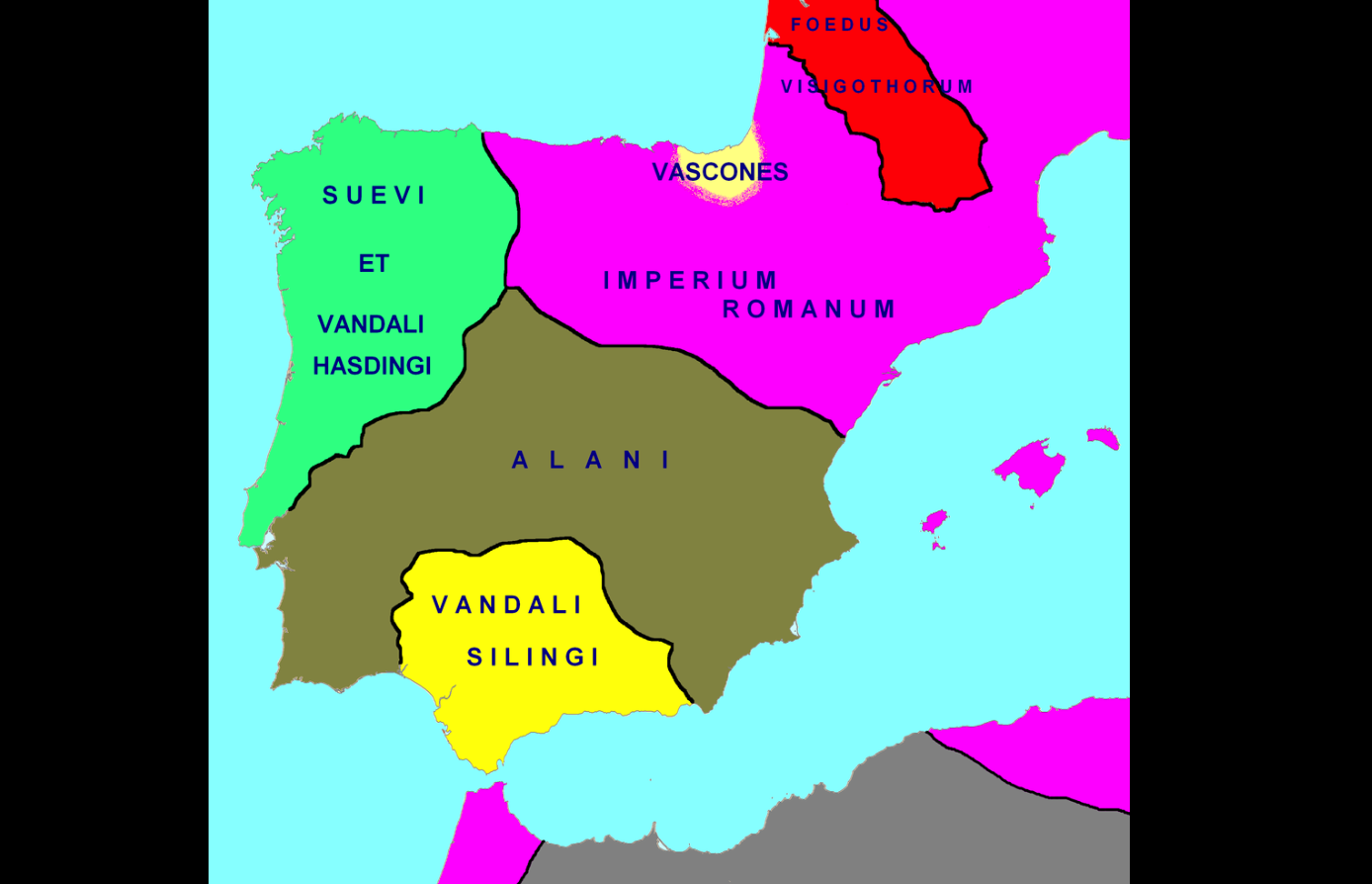#TheNewAmericanCivilWar: Human networks “don’t collapse, yet the subsidence can be dramatic” Michael Vlahos @JHUWorldCrisis

Image: Areas allotted to or claimed by barbarian groups in 416–418. Public domain. #TheNewAmericanCivilWar: Human networks “don’t collapse, yet the subsidence can be dramatic” Michael Vlahos @JHUWorldCrisis Michael E Vlahos, Johns Hopkins, in re: Where we are in the time of the virus. The United States and China, and even the United States and continental Europe, as competing civilizations. Our apparently quite-bright future. "We are living in an age of correction." Americans enjoy the apocalyptic—as movie fare—and even our literary narratives, past and future, span the narrow range between The Fall of Rome and the End of Civilization (https://www.world-archaeology.com/books/fall-of-rome-and-the-end-of-civilization-the/) , for authoritative past; and World War Z (https://www.theatlantic.com/entertainment/archive/2013/06/the-civilizational-significance-of-zombies/276948/) , or the Zombie Apocalypse, as our future fare. Our actual human past tells quite a different story. Things actually don't "fall apart." Rather, for at least the last 5,000 years, human activity has built up and built out what might be called "world networks" (following the Greek shorthand, oikoumene, for "known world"). These networks—all of them, including our own present—become elaborate webs of human hubs (cities) and spokes (land and sea thoroughfares). Then they peak and, at some point, subside. With some exceptions, they do not collapse (yet the subsidence can be dramatic). The Western succession of networks is clearly identifiable: ~3300 BC - 1177 BC: The Bronze Age ~600 BC - ~450/600 AD: Classical Antiquity ~900 - ~1350/1450: High Middle Ages ~1700 - ~1914: The Global "Modern" 1972 - 2020: Global Modernity II